
Sailboat Racing Tips: Second-Beat Strategy
Sailing World Racing Editor Mike Ingham explains how to develop a second-beat strategy before rounding the leeward mark or gate.

Sailing World Racing Editor Mike Ingham explains how to develop a second-beat strategy before rounding the leeward mark or gate.

Your onboard sailing video can be more than sizzle-reel stuff for your social media feeds. You can also use it to eliminate any uncertainty about why and when you’re slow—or better yet, fast and winning races.
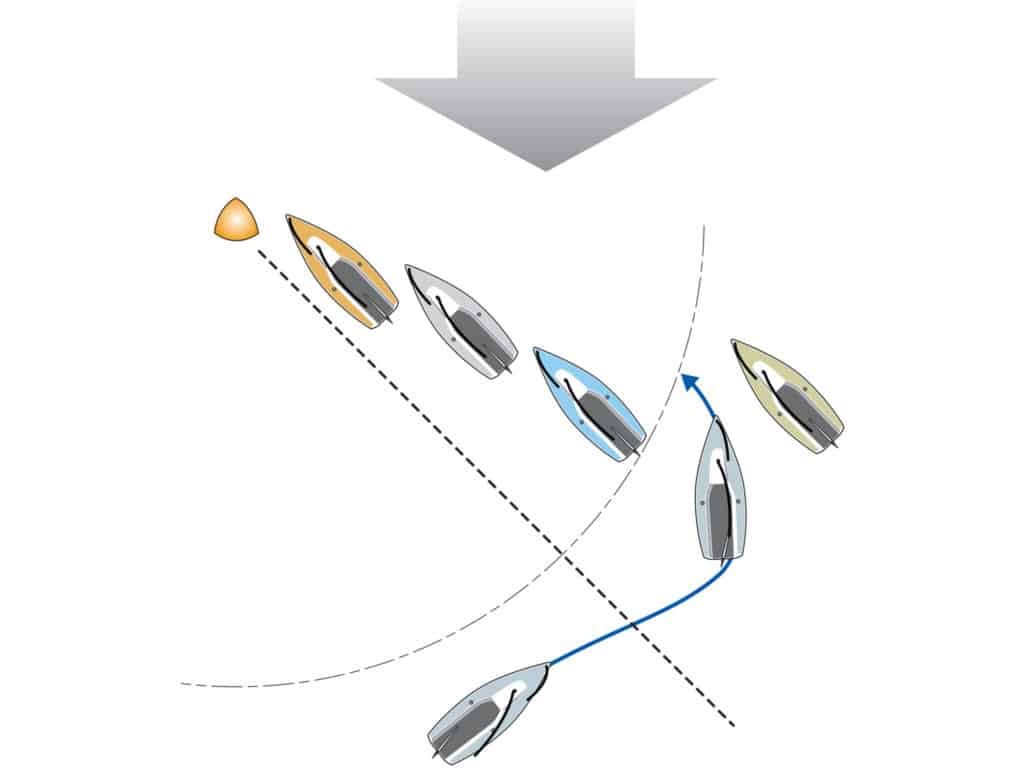
Windward-mark approaches and offset-mark exits should be part of your developing playbook of race-winning tactics. Do them well, and you’ll realize big gains.
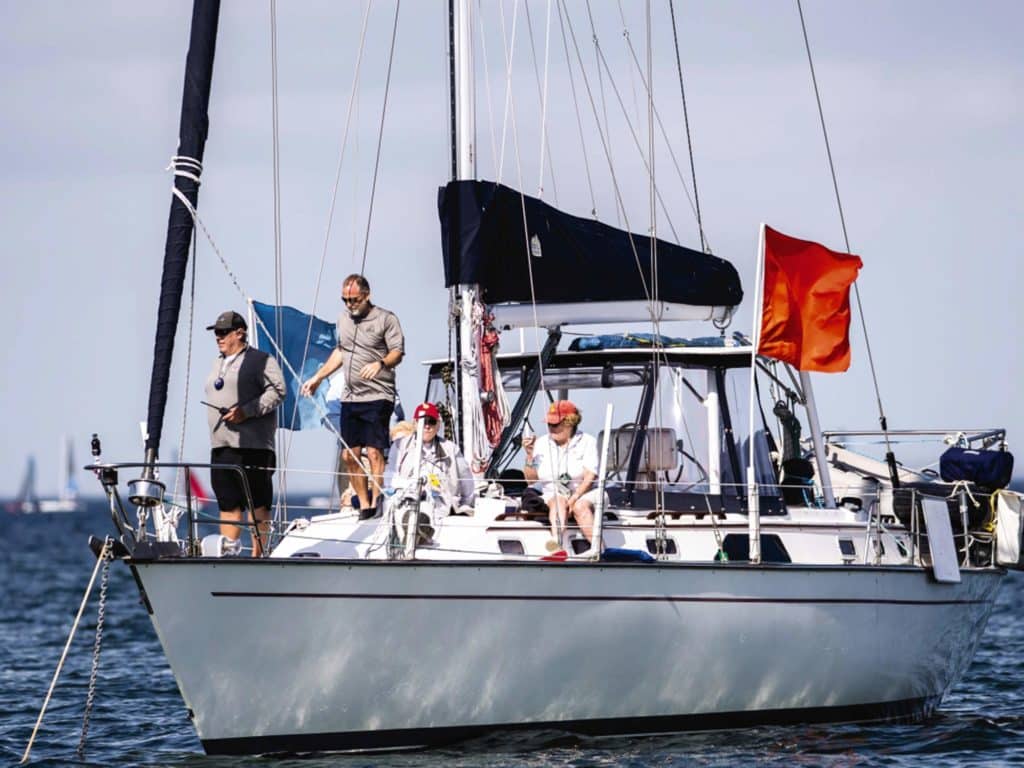
Two recent accidents have forced sailing clubs, classes and individuals to look closer at their exposure and coverage.

How to prep for your next regatta with a deep dive weather and venue study.

Following a few basic steps and implementing a pre-start routine ensures consistently good starts. Here’s your go-to primer.
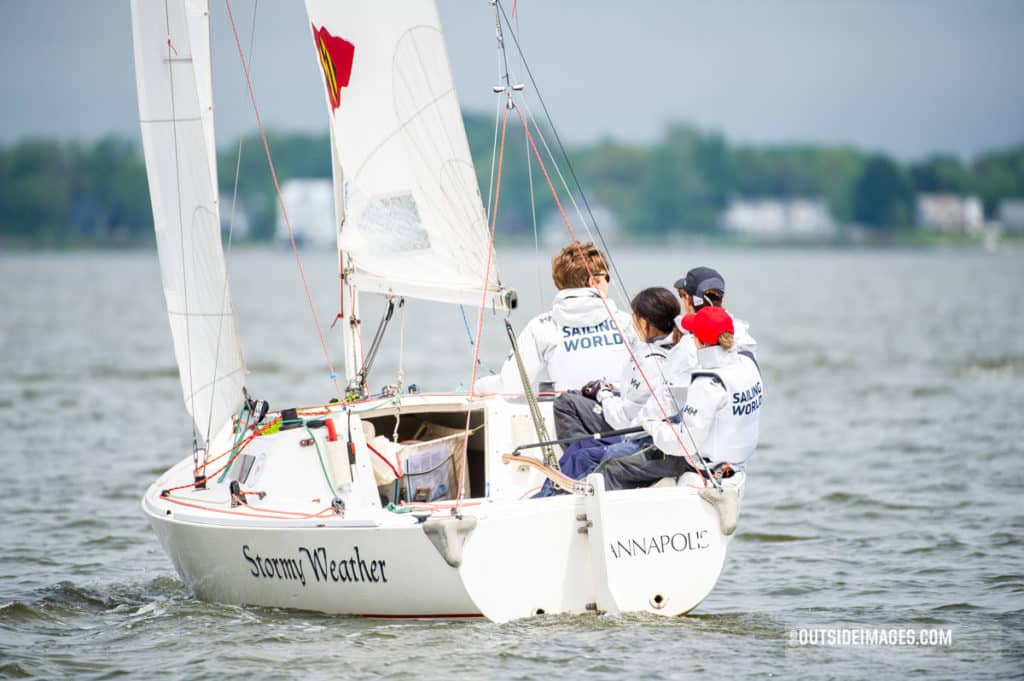
The feel on the tiller extension is your direct link to the boat’s performance, so how you hold it is more important than you might think.
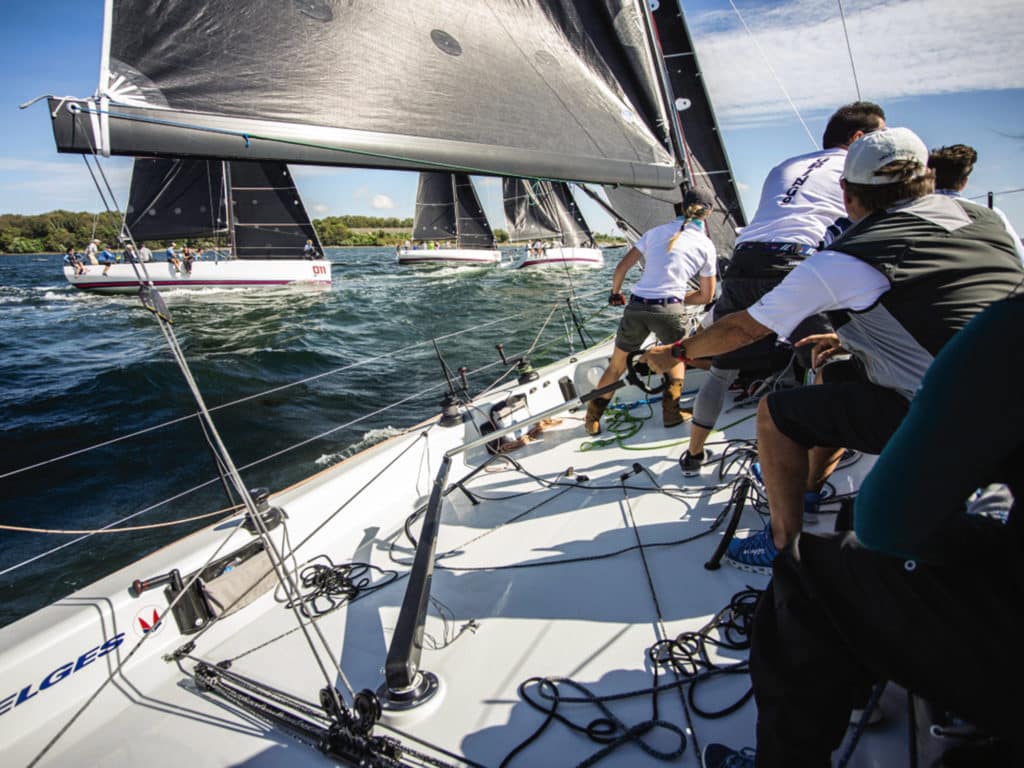
Repeating some basic steps will get you blazing through your tacks.
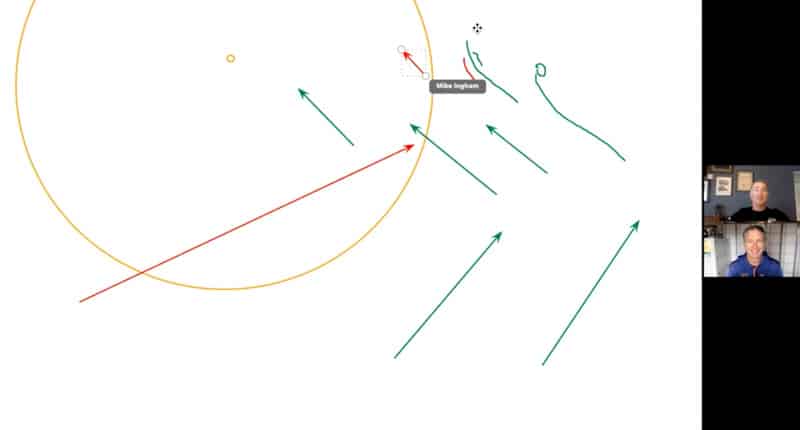
Mike Ingham explains the subtle nuances of the Racing Rules of Sailing and how they apply at rounding marks.
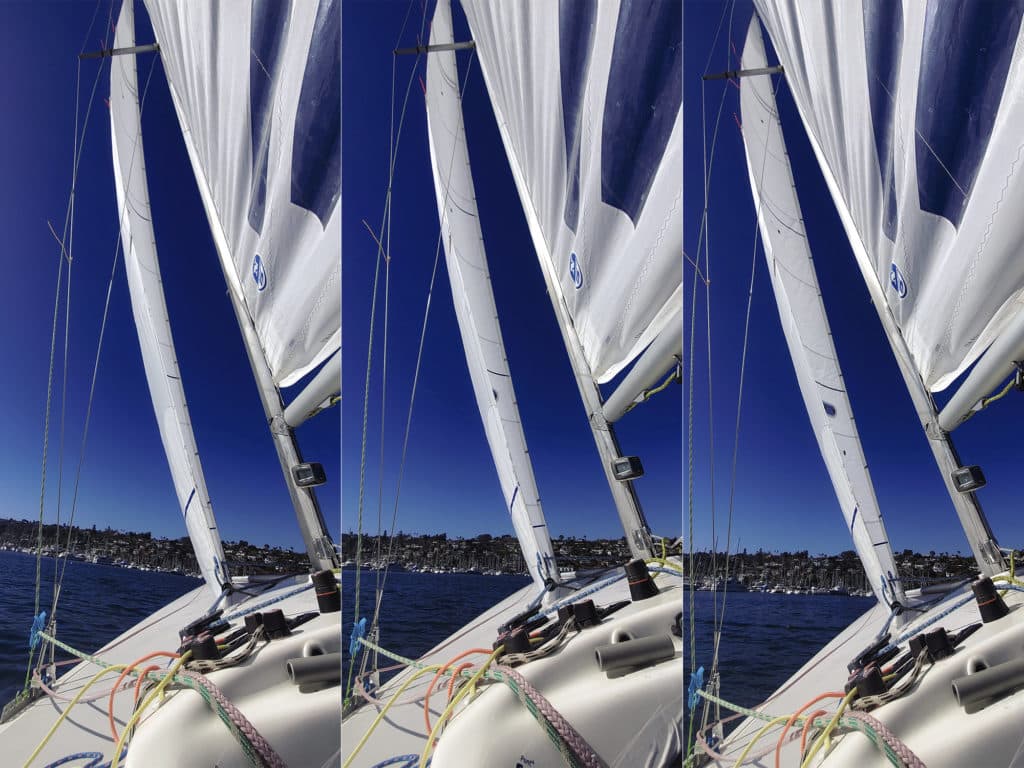
The wind across your sails is dynamic, so too must be your sail trim. Pro sailor Erik Shampain explains the fundamentals of active headsail trimming.
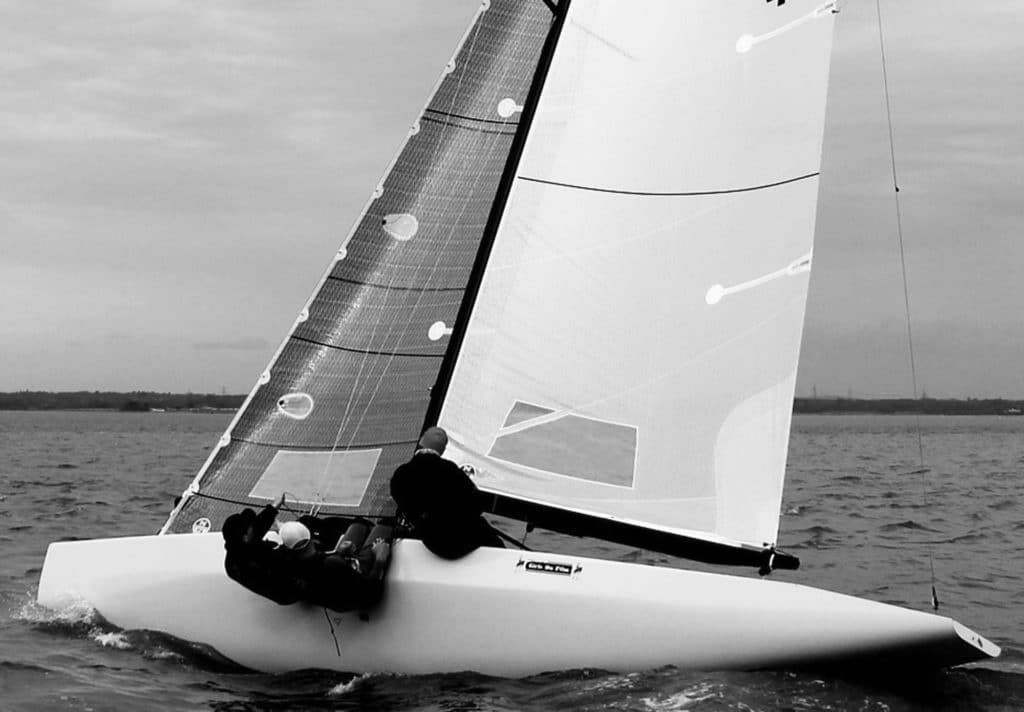
Andrew Palfrey explains the primary function of key controls in a way that applies to a broad range of boats, using the build of two International 5.5 Metre Class yachts in Cowes, UK, to help illustrate his points.

The same-old can produce the same results, so consider how to change your sailing focus to improve in new ways.

Sailing World Racing Editor Mike Ingham explains how to develop a second-beat strategy before rounding the leeward mark or gate.

Your onboard sailing video can be more than sizzle-reel stuff for your social media feeds. You can also use it to eliminate any uncertainty about why and when you’re slow—or better yet, fast and winning races.

Windward-mark approaches and offset-mark exits should be part of your developing playbook of race-winning tactics. Do them well, and you’ll realize big gains.

Two recent accidents have forced sailing clubs, classes and individuals to look closer at their exposure and coverage.

How to prep for your next regatta with a deep dive weather and venue study.

Following a few basic steps and implementing a pre-start routine ensures consistently good starts. Here’s your go-to primer.

The feel on the tiller extension is your direct link to the boat’s performance, so how you hold it is more important than you might think.

Repeating some basic steps will get you blazing through your tacks.

Mike Ingham explains the subtle nuances of the Racing Rules of Sailing and how they apply at rounding marks.

The wind across your sails is dynamic, so too must be your sail trim. Pro sailor Erik Shampain explains the fundamentals of active headsail trimming.

Andrew Palfrey explains the primary function of key controls in a way that applies to a broad range of boats, using the build of two International 5.5 Metre Class yachts in Cowes, UK, to help illustrate his points.

The same-old can produce the same results, so consider how to change your sailing focus to improve in new ways.
Sign up for Sailing World emails to receive features on travel destinations, event listings and product reviews as well as special offers on behalf of Sailing World’s partners.
By signing up you agree to receive communications from Sailing World and select partners in accordance with our Privacy Policy. You may opt out of email messages/withdraw consent at any time.